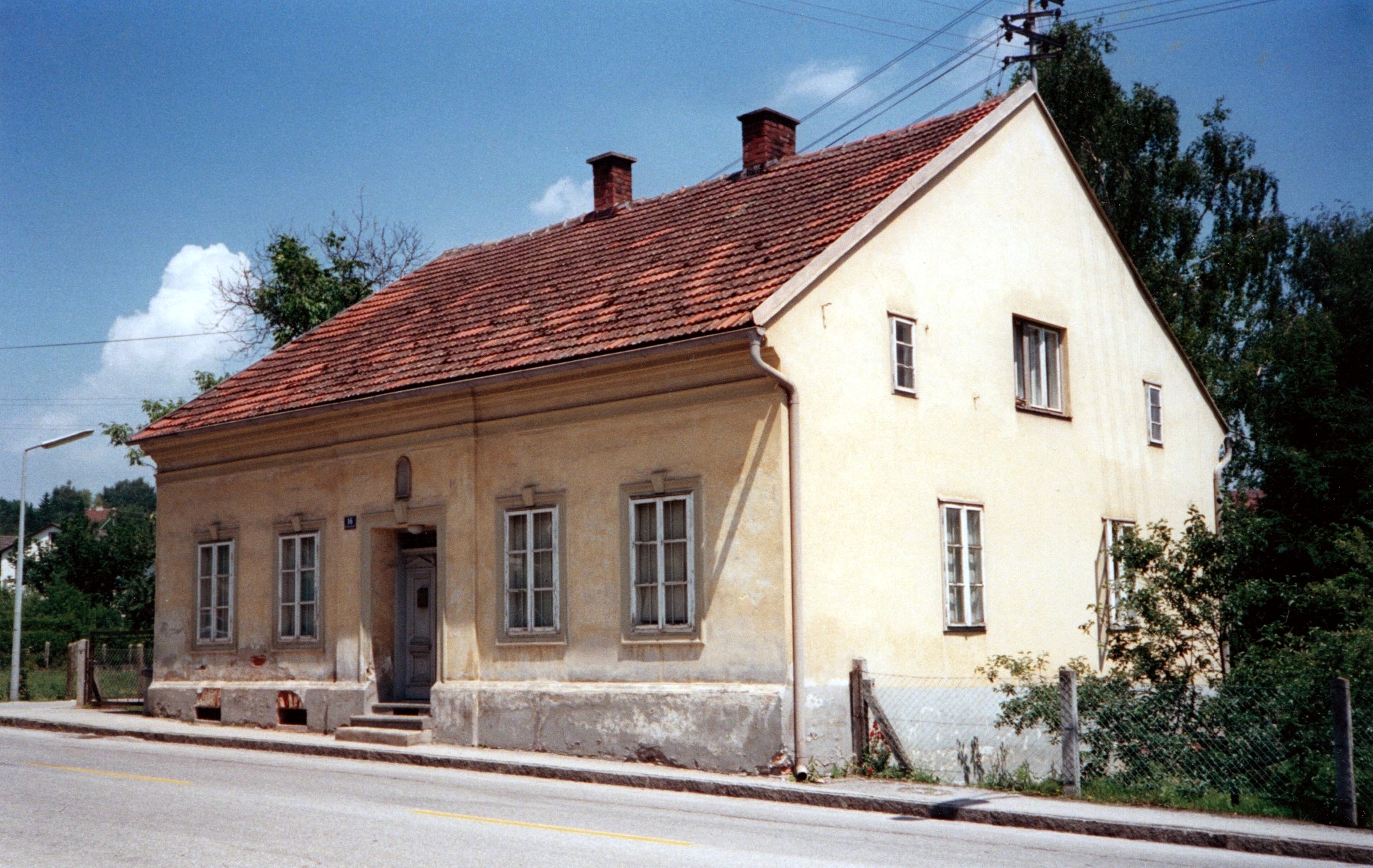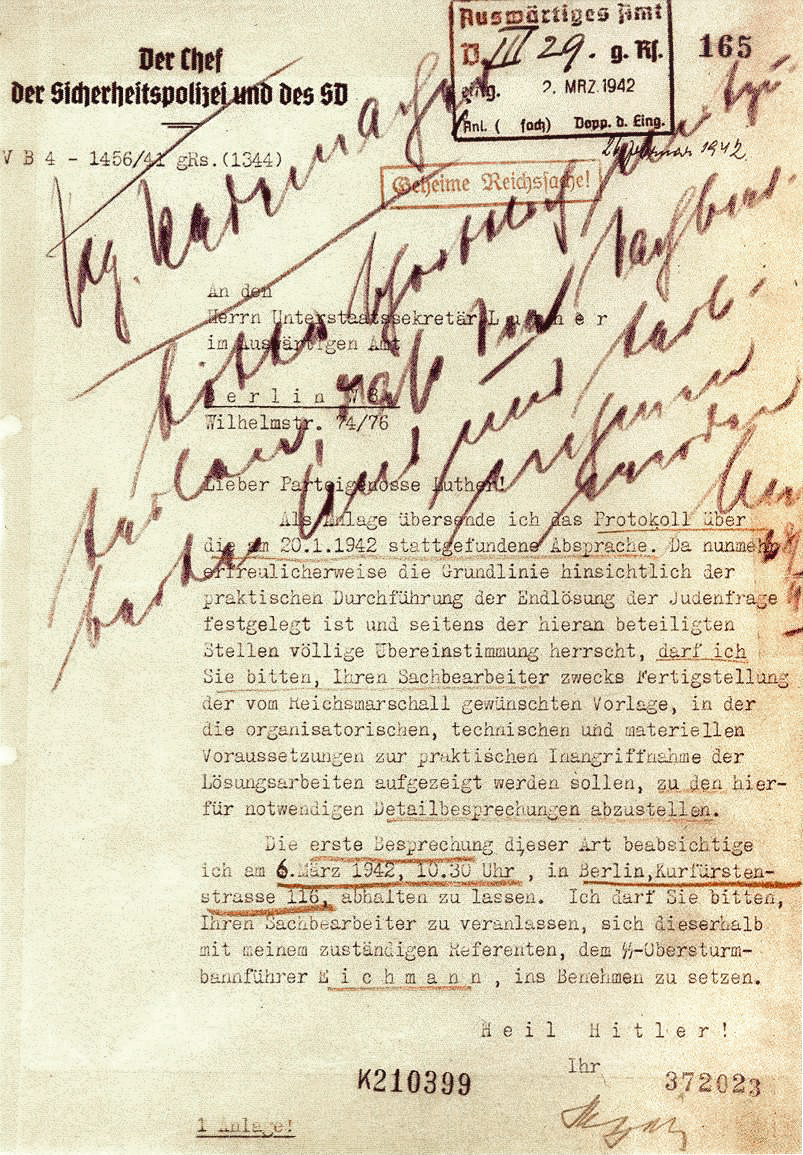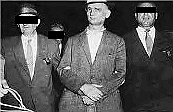|
SS And Police Leader
The title of SS and Police Leader (') designated a senior Nazi Party official who commanded various components of the SS and the German uniformed police (''Ordnungspolizei''), before and during World War II in the German Reich proper and in the occupied territories. Levels Three levels of subordination were established for holders of this title: * SS and Police Leader (''SS- und Polizeiführer'', SSPF) * Higher SS and Police Leader (''Höherer SS- und Polizeiführer'', HSSPF) * Supreme SS and Police Leader (''Höchster SS- und Polizeiführer'', HöSSPF) Establishment The office of ''Höherer SS- und Polizeiführer'' (Higher SS and Police Leader, HSSPF) was authorized by a decree of 13 November 1937, signed by Reich Interior Minister Wilhelm Frick. This decree authorized the creation of HSSPF in each of the 13 German armed forces ''Wehrkreise'' (Military Districts) in the German Reich, but only in the event of mobilization. At that time, the HSSPF would serve as deputies un ... [...More Info...] [...Related Items...] OR: [Wikipedia] [Google] [Baidu] |
Nazi Party
The Nazi Party, officially the National Socialist German Workers' Party ( or NSDAP), was a far-right politics, far-right political party in Germany active between 1920 and 1945 that created and supported the ideology of Nazism. Its precursor, the German Workers' Party (; DAP), existed from 1919 to 1920. The Nazi Party emerged from the Extremism, extremist German nationalism, German nationalist ("Völkisch nationalism, ''Völkisch'' nationalist"), racism, racist, and populism, populist paramilitary culture, which fought against communism, communist uprisings in post–World War I Germany. The party was created to draw workers away from communism and into nationalism. Initially, Nazi political strategy focused on anti-big business, anti-bourgeoisie, and anti-capitalism, disingenuously using socialist rhetoric to gain the support of the lower middle class; it was later downplayed to gain the support of business leaders. By the 1930s, the party's main focus shifted to Antisemit ... [...More Info...] [...Related Items...] OR: [Wikipedia] [Google] [Baidu] |
Adolf Hitler
Adolf Hitler (20 April 1889 – 30 April 1945) was an Austrian-born German politician who was the dictator of Nazi Germany from 1933 until Death of Adolf Hitler, his suicide in 1945. Adolf Hitler's rise to power, He rose to power as the leader of the Nazi Party, becoming Chancellor of Germany#Nazi Germany (1933–1945), the chancellor in 1933 and then taking the title of in 1934. His invasion of Poland on 1 September 1939 marked the start of the Second World War. He was closely involved in military operations throughout the war and was central to the perpetration of the Holocaust: the genocide of Holocaust victims, about six million Jews and millions of other victims. Hitler was born in Braunau am Inn in Austria-Hungary and moved to German Empire, Germany in 1913. He was decorated during his service in the German Army in the First World War, receiving the Iron Cross. In 1919 he joined the German Workers' Party (DAP), the precursor of the Nazi Party, and in 1921 was app ... [...More Info...] [...Related Items...] OR: [Wikipedia] [Google] [Baidu] |
Gruppenführer
__NOTOC__ ''Gruppenführer'' (, ) was an early paramilitary rank of the Nazi Party (NSDAP), first created in 1925 as a senior rank of the SA. Since then, the term ''Gruppenführer'' is also used for leaders of groups/teams of the police, fire departments, military and several other organizations. History In 1930, ''Gruppenführer'' became an SS rank and was originally bestowed upon those officers who commanded '' SS-Gruppen'' and also upon senior officers of the SS command staff. In 1932, the SS was reorganized and the ''SS-Gruppen'' were reformed into '' SS-Abschnitte''. A ''Gruppenführer'' commanded an ''SS-Abschnitt'' while a new rank, that of ''Obergruppenführer'', oversaw the '' SS-Oberabschnitte'' which were the largest SS units in Germany. Initially in the SA, NSKK, and SS, the rank of ''Gruppenführer'' was considered equivalent to a full general, but became regarded as equivalent to ''Generalleutnant'' after 1934. During the Second World War, when the Waffen-SS ... [...More Info...] [...Related Items...] OR: [Wikipedia] [Google] [Baidu] |
Combat
Combat (French language, French for ''fight'') is a purposeful violent Conflict (process), conflict between multiple combatants with the intent to harm the opposition. Combat may be armed (using weapons) or unarmed (Hand-to-hand combat, not using weapons). Combat is resorted to either as a method of self-defense or to impose one's will upon others. An instance of combat can be a standalone confrontation or part of a wider conflict, and its scale can range from a fight between individuals to a war between organized groups. Combat may also be benign and recreational, as in the cases of combat sports and mock combat. Combat may comply with, or be in violation of, local or international laws regarding conflict. Examples of rules include the Geneva Conventions (covering the treatment of people in war), Middle Ages, medieval chivalry, the Marquess of Queensberry Rules (covering boxing), and the individual rulesets of various combat sports. Hand-to-hand combat Hand-to-hand combat (m ... [...More Info...] [...Related Items...] OR: [Wikipedia] [Google] [Baidu] |
Waffen-SS
The (; ) was the military branch, combat branch of the Nazi Party's paramilitary ''Schutzstaffel'' (SS) organisation. Its formations included men from Nazi Germany, along with Waffen-SS foreign volunteers and conscripts, volunteers and conscripts from both German-occupied Europe and unoccupied lands. With the start of World War II, tactical control was exercised by the (OKW, "High Command of the Armed Forces"), with some units being subordinated to the (Command Staff ''Reichsführer-SS'') directly under Himmler's control. It was disbanded in May 1945. The grew from three regiments to over 38 division (military), divisions during World War II. Combining combat and police functions, it served alongside the German Army (1935–1945), German Army (''Heer''), ''Ordnungspolizei'' (Order Police), and other security units. Originally, it was under the control of the (SS operational command office) beneath Heinrich Himmler, the head of the SS. Initially, in keeping with the raci ... [...More Info...] [...Related Items...] OR: [Wikipedia] [Google] [Baidu] |
Intelligence Service
An intelligence agency is a government agency responsible for the collection, analysis, and exploitation of information in support of law enforcement, national security, military, public safety, and foreign policy objectives. Means of information gathering are both overt and covert and may include espionage, communication interception, cryptanalysis, cooperation with other institutions, and evaluation of public sources. The assembly and propagation of this information is known as intelligence analysis or intelligence assessment. Objectives Intelligence agencies can provide the following services for their national governments. * Give early warning of impending crisis; * Serve national and international crisis management by helping to discern the intentions of current or potential opponents; * Inform national defense planning and military operations, known as military intelligence; * Protect sensitive information secrets, both of their own sources and activities, and th ... [...More Info...] [...Related Items...] OR: [Wikipedia] [Google] [Baidu] |
Sicherheitsdienst
' (, "Security Service"), full title ' ("Security Service of the ''Reichsführer-SS''"), or SD, was the intelligence agency of the Schutzstaffel, SS and the Nazi Party in Nazi Germany. Established in 1931, the SD was the first Nazi intelligence organization and the Gestapo (formed in 1933) was considered its sister organization through the integration of SS members and operational procedures. The SD was administered as an independent SS office between 1933 and 1939. That year, the SD was transferred over to the Reich Security Main Office (''Reichssicherheitshauptamt''; RSHA), as one of its seven departments. Its first director, Reinhard Heydrich, intended for the SD to bring every single individual within the Third Reich's reach under "continuous supervision". Following Germany's defeat in World War II, the tribunal at the Nuremberg trials officially declared that the SD was a criminal organisation, along with the rest of Heydrich's RSHA (including the Gestapo) both individually ... [...More Info...] [...Related Items...] OR: [Wikipedia] [Google] [Baidu] |
Nazi Concentration Camps
From 1933 to 1945, Nazi Germany operated more than a thousand concentration camps (), including subcamp (SS), subcamps on its own territory and in parts of German-occupied Europe. The first camps were established in March 1933 immediately after Adolf Hitler became Chancellor of Germany. Following the Night of Long Knives, 1934 purge of the Sturmabteilung, SA, the concentration camps were run exclusively by the Schutzstaffel, SS via the Concentration Camps Inspectorate and later the SS Main Economic and Administrative Office. Initially, most prisoners were members of the Communist Party of Germany, but as time went on different groups were arrested, including "habitual criminals", "Black triangle (badge), asocials", and Jews. After the beginning of World War II, people from German-occupied Europe were imprisoned in the concentration camps. About 1.65 million people were registered prisoners in the camps, of whom about Holocaust victims, a million died during their imprisonment. ... [...More Info...] [...Related Items...] OR: [Wikipedia] [Google] [Baidu] |
Secret Police
image:Putin-Stasi-Ausweis.png, 300px, Vladimir Putin's secret police identity card, issued by the East German Stasi while he was working as a Soviet KGB liaison officer from 1985 to 1989. Both organizations used similar forms of repression. Secret police (or political police) are police, Intelligence agency, intelligence, or Security agency, security agencies that engage in covert operations against a government's political, ideological, or social opponents and dissidents. Secret police organizations are characteristic of Authoritarianism, authoritarian and Totalitarianism, totalitarian regimes. They protect the political power of a dictator or regime and often operate outside the law to repress dissidents and weaken political opposition, frequently using violence. They may enjoy legal sanction to hold and charge suspects without ever identifying their organization. History Africa Egypt Egypt is home to Africa and the Middle East's first internal security service: The Stat ... [...More Info...] [...Related Items...] OR: [Wikipedia] [Google] [Baidu] |
Gestapo
The (, ), Syllabic abbreviation, abbreviated Gestapo (), was the official secret police of Nazi Germany and in German-occupied Europe. The force was created by Hermann Göring in 1933 by combining the various political police agencies of Free State of Prussia, Prussia into one organisation. On 20 April 1934, oversight of the Gestapo passed to the head of the ''Schutzstaffel'' (SS), Heinrich Himmler, who was also appointed Chief of German Police by Hitler in 1936. Instead of being exclusively a Prussian state agency, the Gestapo became a national one as a sub-office of the (SiPo; Security Police). From 27 September 1939, it was administered by the Reich Security Main Office (RSHA). It became known as (Dept) 4 of the RSHA and was considered a sister organisation to the (SD; Security Service). The Gestapo committed widespread atrocities during its existence. The power of the Gestapo was used to focus upon political opponents, ideological dissenters (clergy and religious org ... [...More Info...] [...Related Items...] OR: [Wikipedia] [Google] [Baidu] |
Sicherheitspolizei
The often abbreviated as SiPo, is a German term meaning "security police". In the Nazi Germany, Nazi era, it referred to the state political and criminal investigation security agency, security agencies. It was made up by the combined forces of the Gestapo (secret state police) and the ''Kriminalpolizei (Nazi Germany), Kriminalpolizei'' (criminal police; Kripo) between 1936 and 1939. As a formal agency, the SiPo was incorporated into the Reich Security Main Office (RSHA) in 1939, but the term continued to be used informally until the end of World War II in Europe. Origins The term originated in August 1919 when the ''Reichswehr'' set up the ''Sicherheitswehr'' as a militarised police force to take action during times of riots or strikes. Owing to limitations in army numbers, it was renamed the to avoid attention. They wore a green uniform, and were sometimes called the "Green Police". It was a military body, recruiting largely from the ''Freikorps'', with NCOs and officers from ... [...More Info...] [...Related Items...] OR: [Wikipedia] [Google] [Baidu] |






